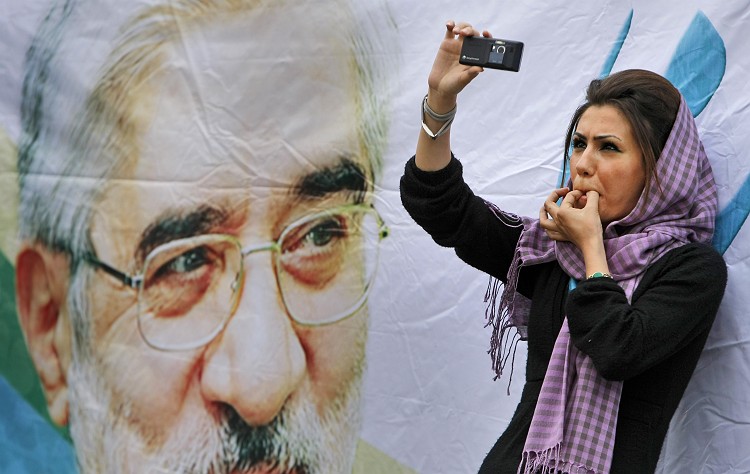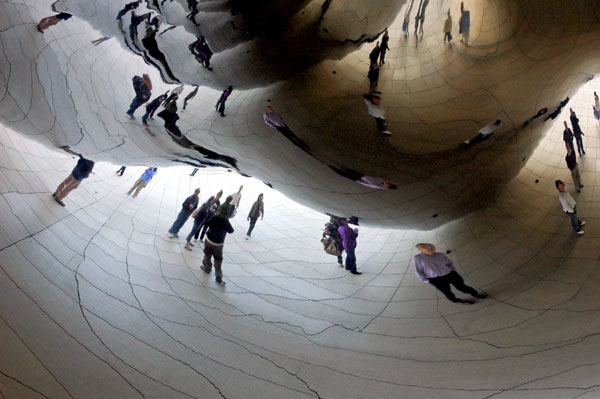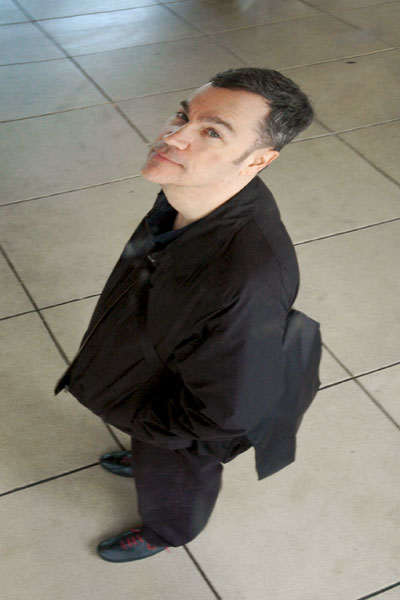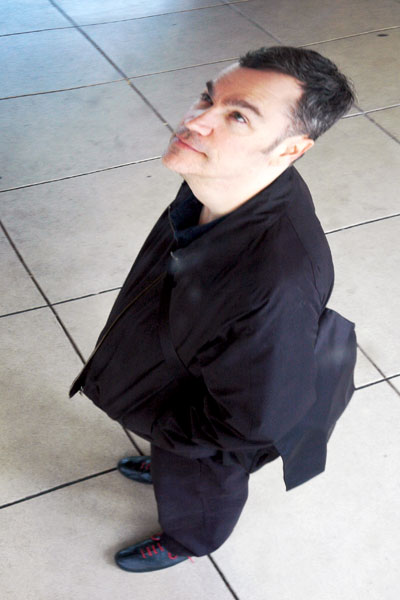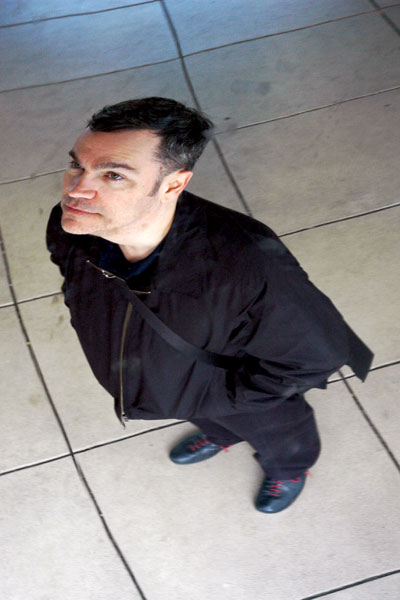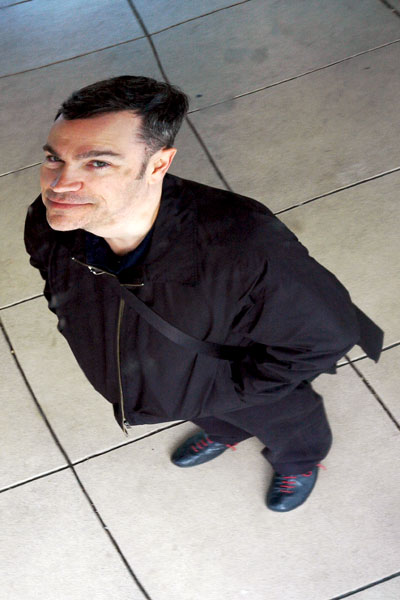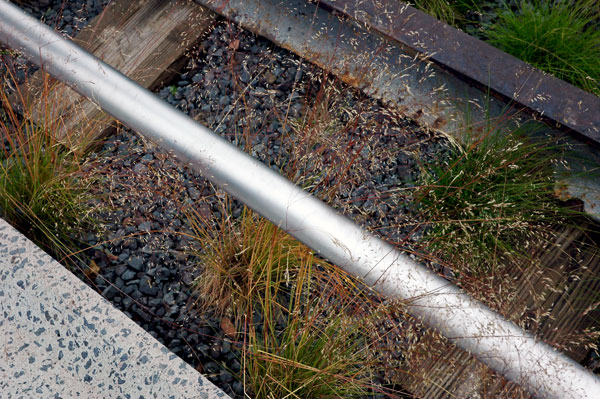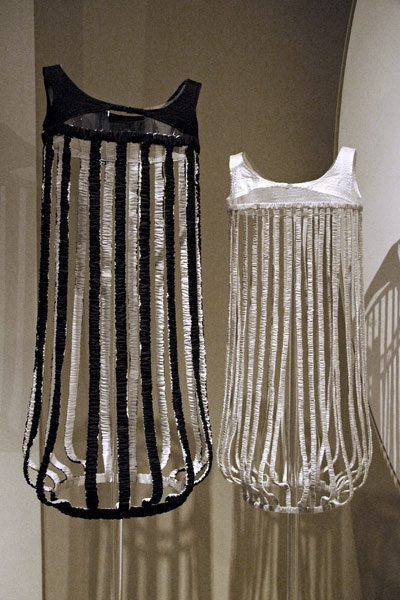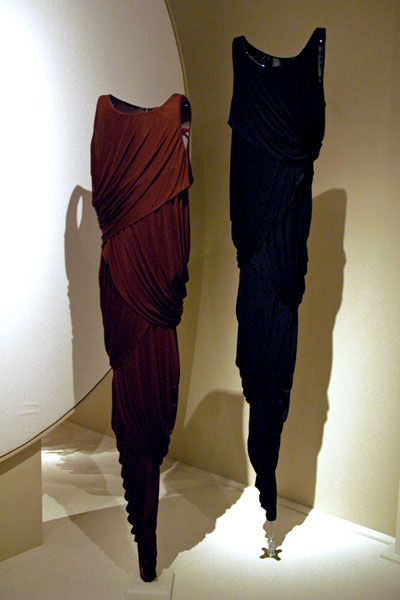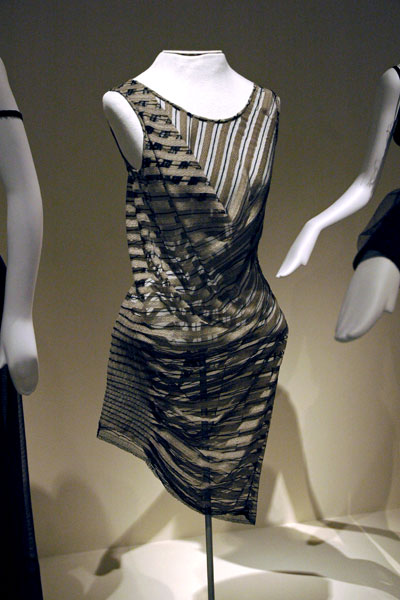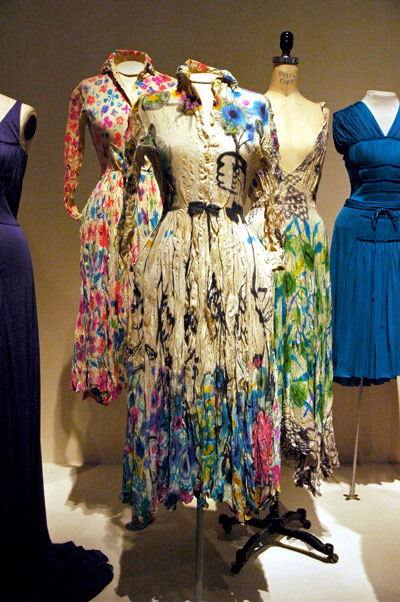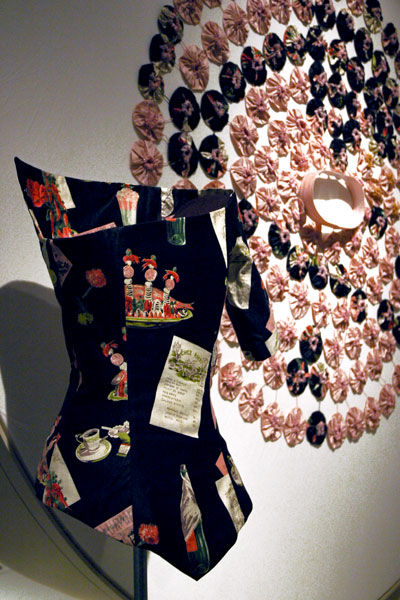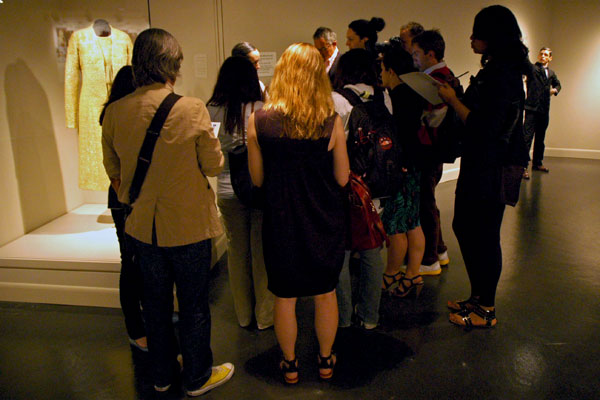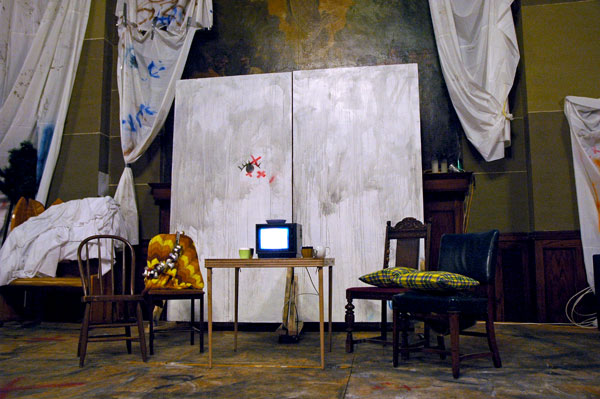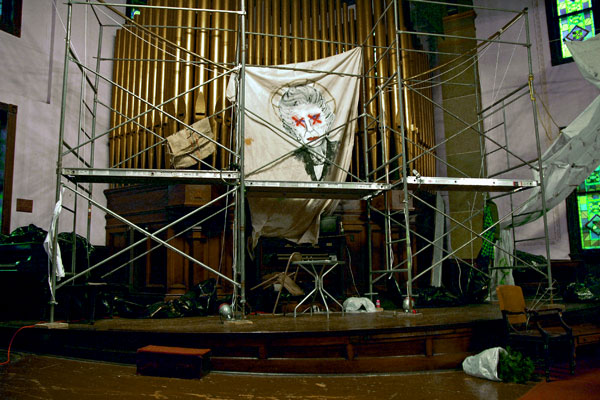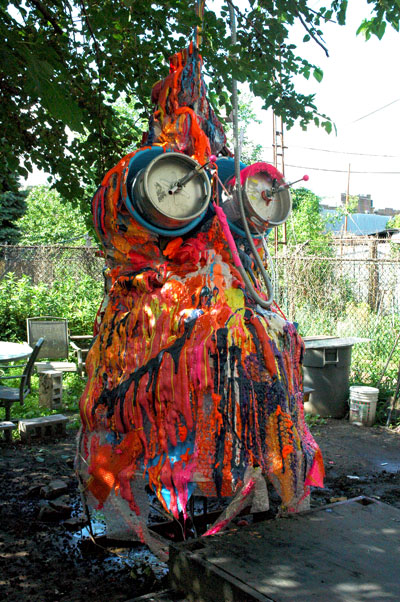
Ben Godward Goddess (with post-modern tits) 2009 dimensions variable, mixed media with beer [installation view, without the beer]
After this Sunday it looks like it's going to be up to those who were touched and enriched by the unique creative society which centers on Austin Thomas's storefront in Bushwick to continue its mission elsewhere - or perhaps everywhere. The artist-run space is described in the press release for this, the final show, as:
. . . a social sculpture. It is also a gallery and a post-studio artist residency that blurs the lines between artist, dealer, gallerist, viewer and participant.
There's nothing quite like it anywhere else in New York, but this little utopia closes on Sunday.
The friendly note, "Ben Godward will serve beer.", appeared within the announcement for the reception of the current show. The image at the top is of the keg machine the artist constructed for the event. We were in Chicago that weekend, but I have it on good authority that both of those kegs were "stereophonically" emptied that night, as good an indication as any that Pocket Utopia has performed or excelled in the role its creator, Austin Thomas, had planned when she opened the door of the former hair salon two years ago. She did so in what much of the city would have regarded as a somewhat precarious neighborhood for the display of art, even if the artists themselves had already settled in.
Bushwick has certainly changed since early 2007, and some of the healthier changes the art world has seen during that same time just might have been inspired by the gentle, generous and creative genius of the project which began on Flushing Avenue just 24 months ago.
I'm looking forward to Thomas's next thing, but first I'm going to head for the "The Final Salon", this Sunday, June 28. There will be a gathering at 4pm there which will include readings by Andrew Hurst and Kevin Regan, and we're also told Ben Godward's Goddess will be flowing again!
"Finally Utopia" includes current work by a few of the artists who have shown in the space before. They include, in addition to Godward, Rico Gatson, Andrew Hurst, Molly Larkey, Kevin Regan, an occasion-specific text piece by Thomas herself, and Jonathan VanDyke. Valerie Hegarty's piece can be seen in the image below.

Valerie Hegarty Cracked Canyon with Flowers 2009 dimensions variable, poster, paper, paint, glue, staples, artificial stems and flowers [installation view]
